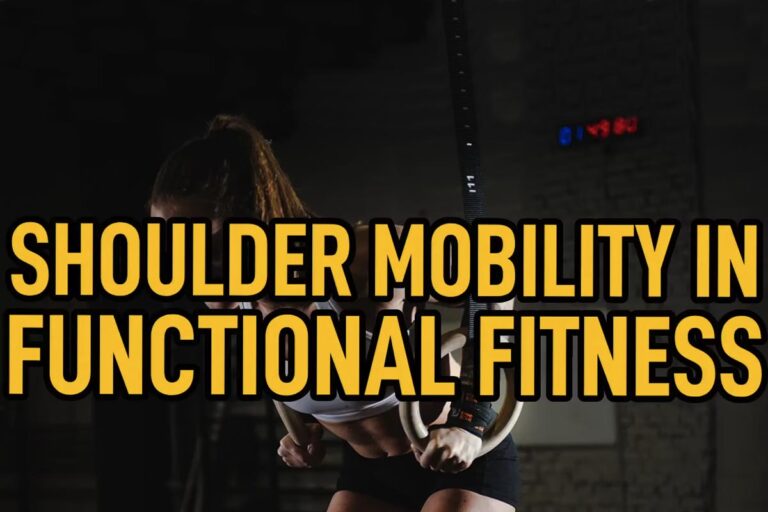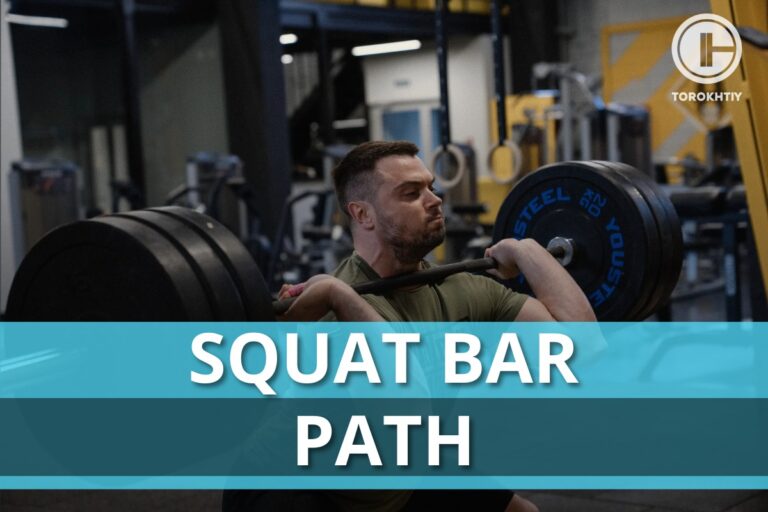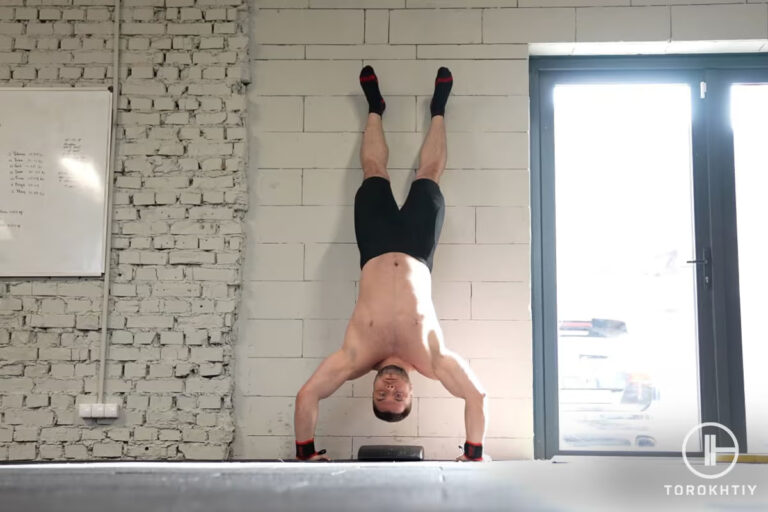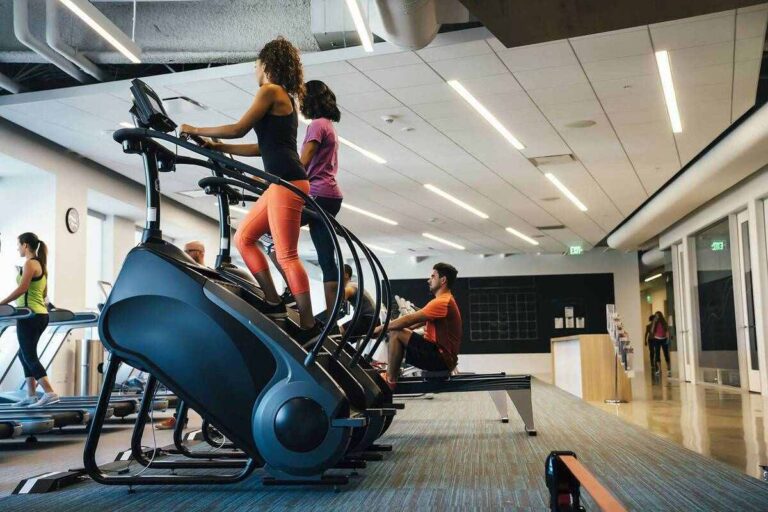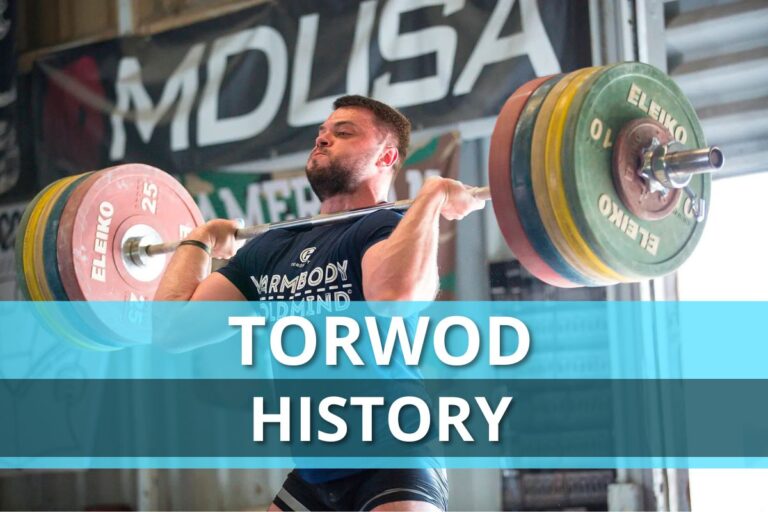Why Is My Deadlift So Weak? 6 Reasons & Solutions
The deadlift is a fundamental weight lifting exercise, reverting for its unmatched efficiency in building raw strength. By engaging multiple major muscle groups, it serves as a cornerstone in strength training, targeting the posterior chain muscle critical for everyday movements.
However, for many athletes progress in the lifting can often hit a standstill, leading to frustration. This plateau can be caused by various factors from technique to mental limitation. Understanding this challenge is essential for improvement.
This article will delve into the complexities behind the weak deadlift aiming to offer solutions to help athletes and fitness enthusiasts breakthrough barriers and to achieve new personal best and get answers to the question: why is my deadlift so weak?
The reasonable answer to the question: “why is my deadlift so weak”, can lay in the field of following factors: poor technique, insufficient core strength, a lack of accessory drills, imbalanced training program or inadequate nutrition and recovery. Addressing these areas can lead to significant improvements.
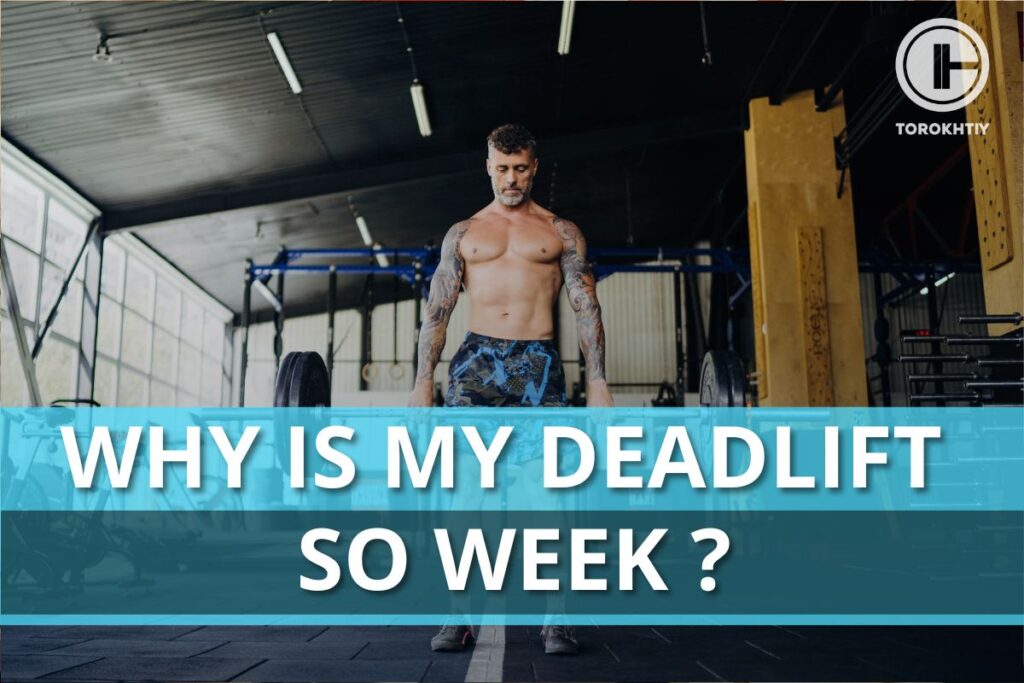
Understanding The Deadlift
The deadlift is a powerhouse of a lift, a pure exhibition of strength, where one hoists a loaded bar off the ground to a standing position in a single fluid motion.
1. Deadlift
It’s compound lift, which means it activates numerous muscle groups simultaneously: core muscles, the glutes and hamstrings drive upwards and the back maintains a safe posture, grip strength is put to the test. There are several variations of the deadlift such as sumo deadlift, which emphasizes more on the glutes and quads, the Romanian deadlift, focusing more on the hamstrings and lower back and classical on as well.
2. Romanian Deadlift
This exercise is not just about brute force, it’s a symphony of muscle coordination, central neural system activation and skeletal robustness. Its benefits transcend the gym floor, enhancing functional strength that spills over into daily activities, improving posture and adding in injury prevention. Mastery of deadlift correlates with enhanced athletic performance across various sports as it develops the type of strength and power foundational for sprinting, jumping and so on.
In terms of physical fitness, the deadlift is pivotal. It’s one of the few exercises that challenge both muscular and cardiovascular endurance, testing the limits of once physical and mental grit. Incorporating deadlifts into a workout regimen can lead to improvements in bone density metabolic rate and fat loss making it an integral component of a balanced fitness program.
Common reasons for a weak deadlift are: poor technique, inadequate training program, lack of core strength, neglecting accessory exercises, nutritional factors.
Key Factors Of Poor And Weak Deadlift Performance
1. Poor Technique
The deadlift is as technical as it is physical. Proper form is paramount not on maximizing lift potential, but also for injury prevention. Incorrect posture such as rounded back can put excessive stress on the spine, while incorrect foot placement can lead to an efficient lift that subs force. The bar should travel in a vertical line from the ground up, staying close to the body with the power generated from their hips and legs and not the lower back.
2. Inadequate Training Plan
A common mistake is an unbalanced training program that either focuses too much on the deadlift, leading to overtraining or too little, resulting in inefficient training stress and effect. Progressive overload is critical – increasing the weight gradually to challenge the muscles – alongside planning adequate rest periods (tapering and deload weeks) to allow for recovery and result growth. Volume and intensity as well as frequency of sessions must be carefully scheduled to the individual`s goals and capacity.
3. Lack Of Core Muscles Strength
Core muscles act as a stabilizing force during the deadlift execution. Weakness in this area can lead to a form breakdown. As the core is unable to maintain the rigidity required to support the pressure of the lift. A strong and stable core ensures that the force generated by the legs and back is efficiently transferred to the bar without energy loss.
4. Neglecting Accessory Exercises
Accessory exercises are crucial for strengthening the muscles involved in the deadlift. Good mornings, hip thrusts and rows, for example, build the posterior chain.
Additionally, grip strength can be a limiting factor, so incorporating grip-specific exercises like, barbell wrist curls, farmer’s walks can be beneficial.
5. Nutritional Factors
Nutrition plays a significant role in muscle strength and recovery. A diet lacking in essential macronutrients can impair muscle growth and repair, leading to weaker lifts. Proper hydration is equally important, as dehydration can reduce strength and endurance. A balance of protein for muscle repair, carbohydrates for energy and fats for hormone regulation is vital for optimal performance.
6. Psychological Factors
Psychological factors play a significant role in the reason of deadlift weak off the floor. The fear of injury is a primary psychological barrier. Many lifters subconsciously limit their effort due to the worry of hurting themselves, especially if they have experienced or witnessed a lifting injury in the past. This fear can lead to hesitation at the crucial moment of lifting resulting in compromise technique or reduced force production.
Mental barriers also manifest in the form of strength plateaus. A lifter`s belief in their ability to lift heavier weight is crucial. Self-doubt can undermine performance, creating a self-fulfilling prophecy where the lifter fails because they believe they cannot succeed. Conversely, a positive and confident mindset can often push an individual past a perceived limit.
To overcome these psychological hurdles, it is essential to build a foundation of trust in one`s technique and strength through consistent practice and gradual progression in weight. Mental training techniques such as visualization, positive self-talk and goal-setting can also be powerful tools. By cultivating a resilient mindset, lifters can not only enhance their physical performance, but also develop mental toughness that will serve them in all areas of life.
🔻12-Week Deadlift Strength Program by Oleksiy Torokhtiy
Unlock your true potential with our Deadlift Strength Program!
Designed for athletes by 2-time Olympian Oleksiy Torokhtiy, this 12-week program focuses on enhancing your deadlift strength, strengthening your back and legs.
Program details:
- 12 weeks;
- 3 days / week;
- 45-120 minutes per session;
- 50+ specific exercises;
- Focus on New Result in Deadlift;
- One-time payment, no recuring payments;
- Full access to all training content.
Start now and boost your deadlift results!
Improving Your Deadlift
To enhance your deadlift attention to detail and holistic approach to training are essential.
1. Technique Tips
Setup is key. Begin with your feet hip with a part, with the bar over your midfoot. Grab the bar firmly, bend at the hips and knees and ensure your back is straight.
Drive through the heels. Initiate the lift by pushing the floor away with your heels. not by pulling up with your back.
Bar path. Keep the bar close to your body throughout the lift to maintain leverage and reduce strain of the lower back.
Lockout. Finish the movement by thrusting the hips forward into a full lockout with the knees and hips extended and shoulders back.
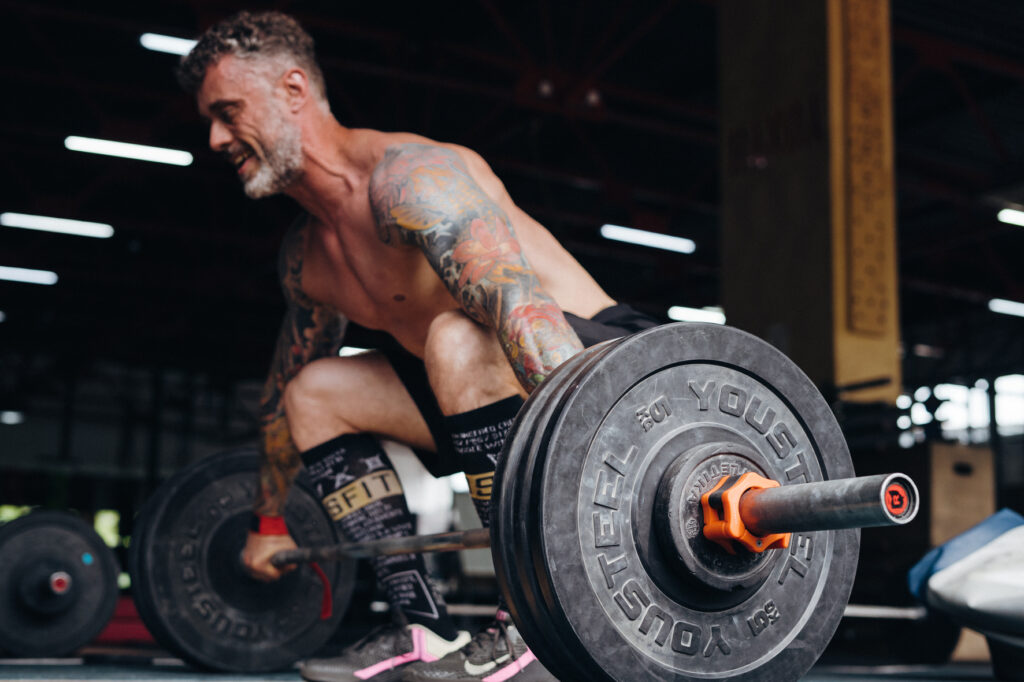
2. Strength Training
Progressive overload. Gradually increase the weight to lift to continually challenge your muscles.
For example, initial 4 week cycle with progressive overload in deadlift exercise can look like that:
Week 1 : Deadlift
- 50% 2 sets x 4 reps
- 60% 3 sets x 4 reps
- 70% 3 sets x 3 reps
Week 2 : Deadlift
- 50% 2 sets x 4 reps
- 60% 3 sets x 4 reps
- 70% 3 sets x 4 reps
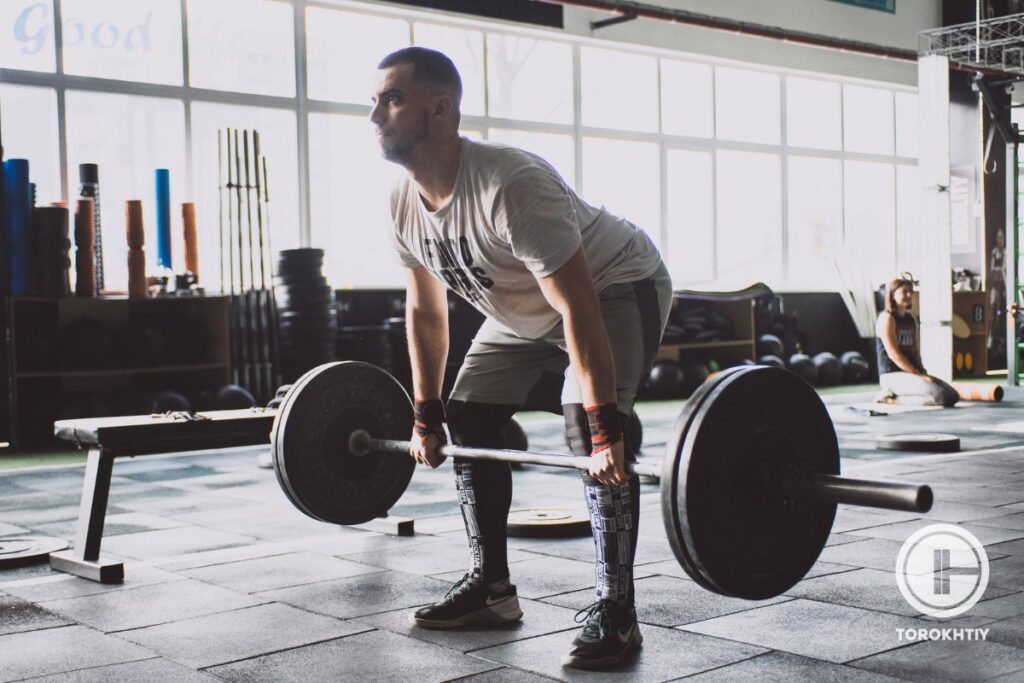
Week 3 : Deadlift
- 50% 1 set x 4 reps
- 60% 2 sets x 4 reps
- 70% 2 sets x 4 reps
- 75% 3 sets x 3 reps
Week 4 : Deadlift
- 50% 1 set x 3 reps
- 60% 1 sets x 3 reps
- 70% 2 sets x 3 reps
- 80% 4 sets x 2 reps
Compound movements. Incorporate squats, presses and rows to build overall strength.
Accessory work. Include exercises like Romanian deadlift, good mornings and leg curls to target the hamstrings and lower back.
Grip strength. Strengthen your grip with exercises like farmer walks, wrists bar flexions/extensions and dead hangs.
3. Diet And Nutrition Advice
Protein. Aim for a high protein diet to support muscle repair. Sources like chicken, fish, beans and protein supplements are beneficial.
Carbohydrates. Include complex carbohydrates, such as whole grains and vegetables to fuel your workouts.
Fats. Don’t neglect healthy fats, which are vital for hormone production. Avocado, nuts and olive oil are excellent choices.
Hydration. Stay well-hydrated to maintain optimal performance level.
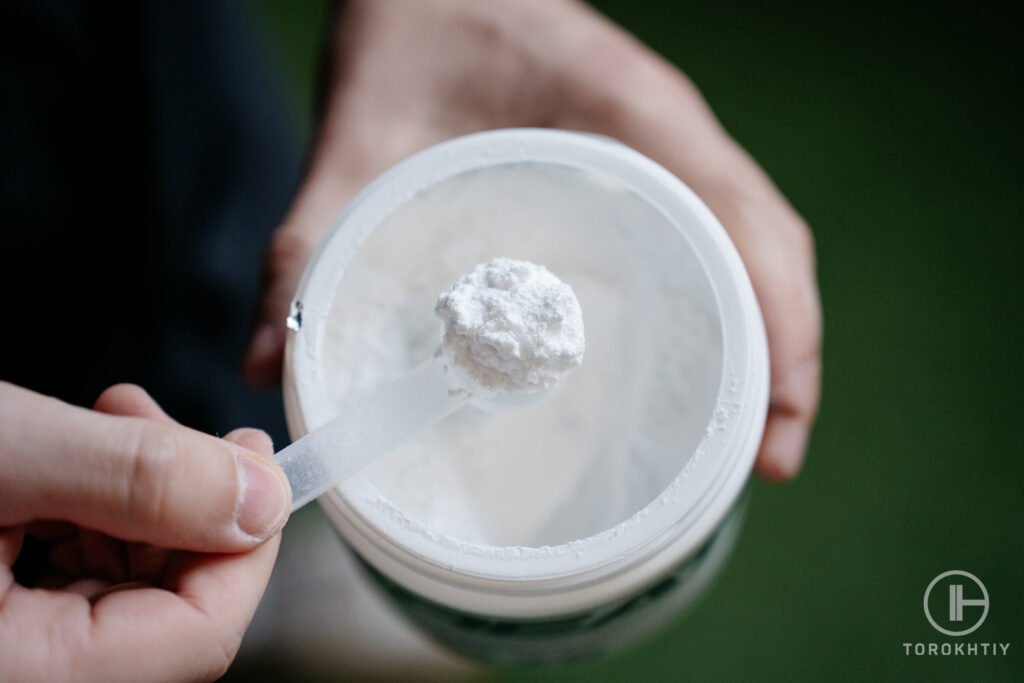
4. Recovery Strategies
Rest. Allow for at least 48 hours of recovery between intense sessions targeting the same muscle groups.
Sleep. Aim for 7-9 hours of quality sleep per night to enable muscle repair and growth.
Active recovery. Engage in low impact activities, like walking or swimming on rest days to promote blood flow and facilitate recovery.
Mobility work. Incorporate stretching and foam rolling to improve mobility and reduce muscle tightness.
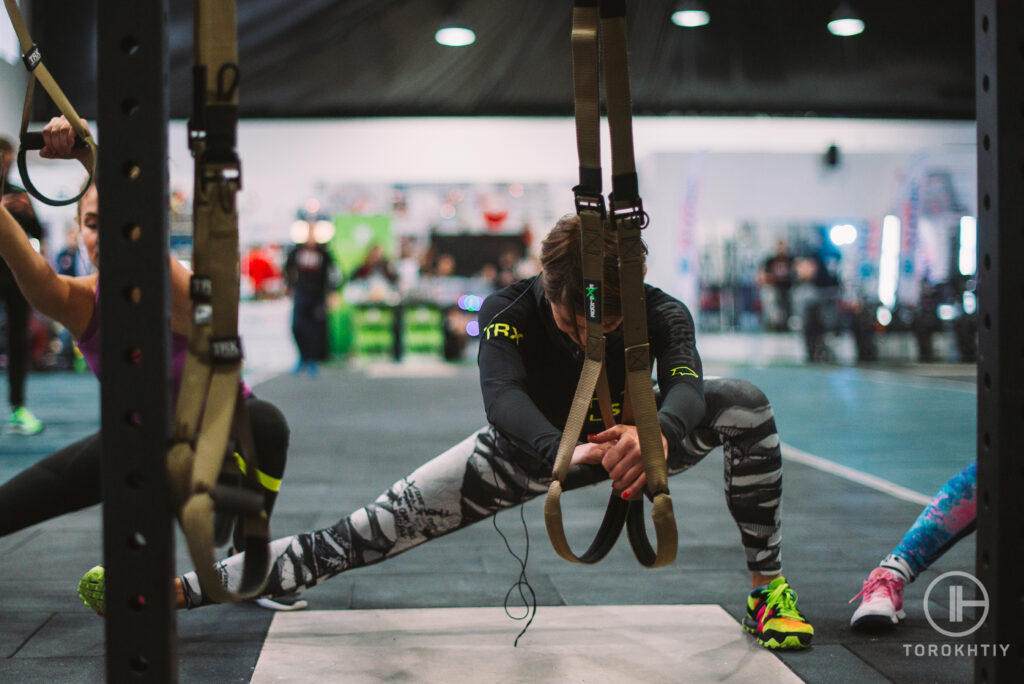
FAQ
How Do You Fix A Weak Deadlift?
Improve your deadlift by refining your technique, ensuring proper form, incorporating strength training with the focus on the posterior chain and performing accessory exercises. Enhance nutrition for muscle repair and maintain consistent recovery practices.
Why Is My Deadlift Not Getting Stronger?
Your deadlift may not be getting stronger due to plateau, which can result from overtraining, bad recovery, mental barriers or stagnant training plan. Mix up your program with variety intensities and volumes to reignite progress.
Why Do I Struggle With Deadlifts?
Struggling with this exercise often stems from factors such as incorrect form, insufficient core strength, psychological hurdles like fear of injury or neglect of additional exercises that build the necessary muscle for a strong deadlift.
Conclusion
By implementing these strategies, you can expect to see improvement not only in your deadlift but in your overall strength and physical fitness. Remember that consistency and patience are key and it is always wise to consult with the fitness professional to ensure you’re on the right track.
References:
- Coratella G, Tornatore G, Longo S, Esposito F, Cè E. An Electromyographic Analysis of Romanian, Step-Romanian, and Stiff-Leg Deadlift: Implication for Resistance Training. Int J Environ Res Public Health. 2022 Feb 8;19(3):1903. doi: 10.3390/ijerph19031903. PMID: 35162922; PMCID: PMC8835508.
- Bengtsson V, Berglund L, Aasa U. Narrative review of injuries in powerlifting with special reference to their association to the squat, bench press and deadlift. BMJ Open Sport Exerc Med. 2018 Jul 17;4(1):e000382. doi: 10.1136/bmjsem-2018-000382. PMID: 30057777; PMCID: PMC6059276.
- Fischer SC, Calley DQ, Hollman JH. Effect of an Exercise Program That Includes Deadlifts on Low Back Pain. J Sport Rehabil. 2021 Feb 24;30(4):672-675. doi: 10.1123/jsr.2020-0324. PMID: 33626500.
- Benavides-Ubric A, Díez-Fernández DM, Rodríguez-Pérez MA, Ortega-Becerra M, Pareja-Blanco F. Analysis of the Load-Velocity Relationship in Deadlift Exercise. J Sports Sci Med. 2020 Aug 13;19(3):452-459. PMID: 32874097; PMCID: PMC7429441.
- Martín-Fuentes I, Oliva-Lozano JM, Muyor JM. Electromyographic activity in deadlift exercise and its variants. A systematic review. PLoS One. 2020 Feb 27;15(2):e0229507. doi: 10.1371/journal.pone.0229507. PMID: 32107499; PMCID: PMC7046193.
Why Trust Us?
With over 20 years in Olympic Weightlifting, our team does its best to provide the audience with ultimate support and meet the needs and requirements of advanced athletes and professional lifters, as well as people who strive to open new opportunities and develop their physical capabilities with us.
By trusting the recommendations of our certified experts in coaching, nutrition, dietology, and sports training programming, as well as scientific consultants, and physiotherapists, we provide you with thorough, well-considered, and scientifically proven content. All the information given in the articles concerning workout programming, separate exercises, and athletic performance, in general, is based on verified data. We ensure that you can rely on our professionals’ pieces of advice and recommendations that can be treated as personalized ones which will benefit you and fully meet your needs.
The product testing process is described in more detail here
Author: Sergii Putsov
Head of Sport Science, PhD
Best Results: Snatch – 165 kg,
C&J – 200 kg
Sergii Putsov, Ph.D., is a former professional weightlifter and National team member, achieving multiple medals in the 94 kg weight category at national competitions. With a Master’s degree in “Olympic & Professional Sport Training” and a Sport Science Ph.D. from the International Olympic Academy, Greece, Sergii now leads as the Head of Sport Science. He specializes in designing training programs, writing insightful blog articles, providing live commentary at international weightlifting events, and conducting educational seminars worldwide alongside Olympic weightlifting expert Oleksiy Torokhtiy.



